Hyperinflationary Venezuela – A Glimpse into America’s Future?
 This article was submitted by Addison Quale, SchiffGold Precious Metals Specialist. Any views expressed are his own and do not necessarily reflect the views of Peter Schiff or SchiffGold.
This article was submitted by Addison Quale, SchiffGold Precious Metals Specialist. Any views expressed are his own and do not necessarily reflect the views of Peter Schiff or SchiffGold.
The Wall Street Journal recently reported on a fascinating phenomenon unfolding in Venezuela. As many are aware, the nation is beset by a multitude of economic problems as its government has vainly attempted to produce a socialist paradise – with, of course, devastating results.
Things are apparently going to the next level. Recent air cargo shipments to Venezuela have not only included the usual fare of goods and supplies. Rather, 36 Boeing 747 jumbo jets recently arrived filled to the brim with, of all things, millions and millions of bolivars – Venezuelan paper currency
Yes – this is a mind-boggling amount of physical cash!
Sadly, Venezuela has actually had to outsource most of the printing of its currency due to shortages in supplies as well as a need for anti-counterfeit technology.
No doubt, all of these printed notes will end up sloshing around the Venezuelan economy driving up prices massively. Venezuela, according to sources, is effectively doubling the physical currency supply in circulation which will only worsen the country’s hyperinflation problem. It is projected to reach an inflation rate of 720% in 2016. And the currency is already nearly worthless. Last summer, a photo uploaded to Reddit of a man using a 2 bolivar note as a napkin went viral.
This brings to mind Germany’s experience with hyperinflation during the Weimar Republic in the post-World War I 1920s. During this period, people actually pushed wheelbarrows full of bank notes to the store. ZeroHedge has a great summary of the WSJ article along with some helpful graphics.
The Weimar Republic serves as the whipping boy for the perceived intrinsic flaws of Keynesian economics and its handmaiden, government-run fiat currencies. Whenever the issue of fiat currency arises, an Austrian School economist will inevitably remind you of this bogeyman—the Weimar Republic — and encourage you to buy physical gold and silver to get ready for the end-times.
On the one hand, the Austrians do have a point and this example of 36 Boeing jumbo jets transporting bank notes should give us all pause and remind us that this sort of thing can and does happen. Governments after all, cannot be trusted with our money and they will take advantage. This is the fairly inevitable result.
But it does raise crucial questions –what about the United States today? If the Federal Reserve is “printing” tons of currency, why is hyperinflation not happening with the US dollar already? And if not, should we expect something like this to eventually happen here?
These are key questions, because while Austrian School economists have talked relentlessly in recent years about the inflation that is definitely coming our way, generally speaking, these chickens have not yet come home to roost. In fact, looking at the price of oil, copper and other commodities, it looks like it’s actually headed in the other direction – towards deflation.
But there may be some misconceptions about how currency is brought into existence at work here. For one, US dollars are not merely printed into existence. There is no big printing press down in DC that just churns out physical dollars whenever the Fed decides. If they really were coming that easy, then a hyperinflation scenario would probably be more plausible.
The reality is that US dollars are not just printed. Instead, they are “borrowed” into existence. The USD is credit. In fact, when it is “borrowed” into existence it becomes a credit (or asset) on somebody’s balance sheet, and a liability on the Fed’s balance sheet at the same time. So the Fed is not just printing cash with no strings attached. It has a liability to watch out for. As such the creation of currency is, in effect, limited, and cannot entirely run amok. Economist Keith Weiner actually offers an insightful article on precisely this subject.
The point is, the USD is not just being printed “willy-nilly” into existence by the Fed. It comes into being as both an asset and a liability. As such, there are some checks and balances at work in the dollar monetary system which prevents it from immediately spiraling out of control—as it did in the Weimar Republic.
So, why is there little evidence of inflation? Well, when they borrow these dollars into existence from the Fed, most banks often just buy US Treasuries with the funds – which they are required to hold anyway. The result is that interest rates are being pressured lower and lower, while the value of the bonds they bought rises. This is one of the main reasons why all this quantitative easing has not resulted in high inflation of day to day goods. It’s because it is mainly affecting the bond market and causing them to rise substantially in value, all the while depressing interest rates.
Nevertheless, the US dollar, despite some extra built-in protections against its abuse, is a fiat currency. Just like every other fiat currency that has ever existed, it is slowly failing and will ultimately collapse. It’s just on a different timeline compared with the Venezuelan bolivar.
In the end, it doesn’t matter if you are in Venezuela or the USA – eventually you will feel the disastrous financial effects of a collapsing fiat currency.
Get Peter Schiff’s most important Gold headlines once per week – click here – for a free subscription to his exclusive weekly email updates.
Interested in learning more about physical gold and silver?
Call 1-888-GOLD-160 and speak with a Precious Metals Specialist today!




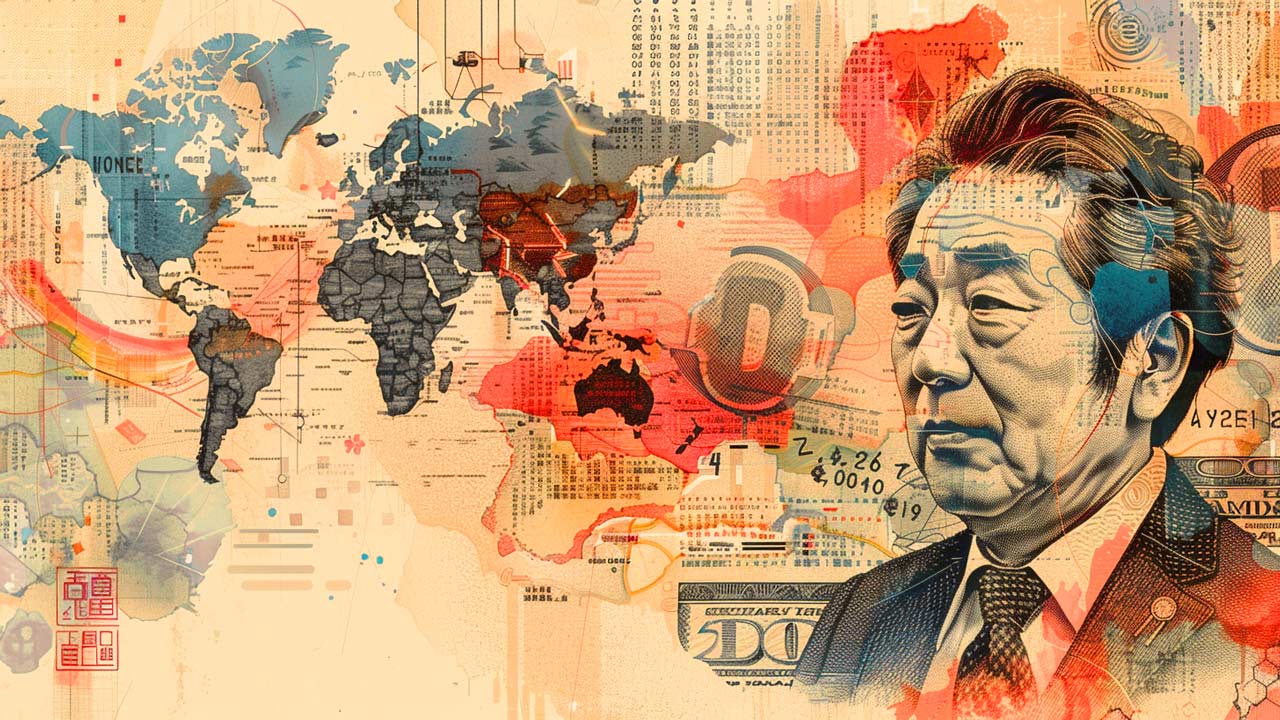 Decades of negative interest rate policy in Japan have ended. That could mean the end of the $20 trillion “yen carry trade,” once one of the most popular trades on foreign exchange markets, and a chain reaction in the global economy. The yen carry trade is when investors borrow yen to buy assets denominated in […]
Decades of negative interest rate policy in Japan have ended. That could mean the end of the $20 trillion “yen carry trade,” once one of the most popular trades on foreign exchange markets, and a chain reaction in the global economy. The yen carry trade is when investors borrow yen to buy assets denominated in […]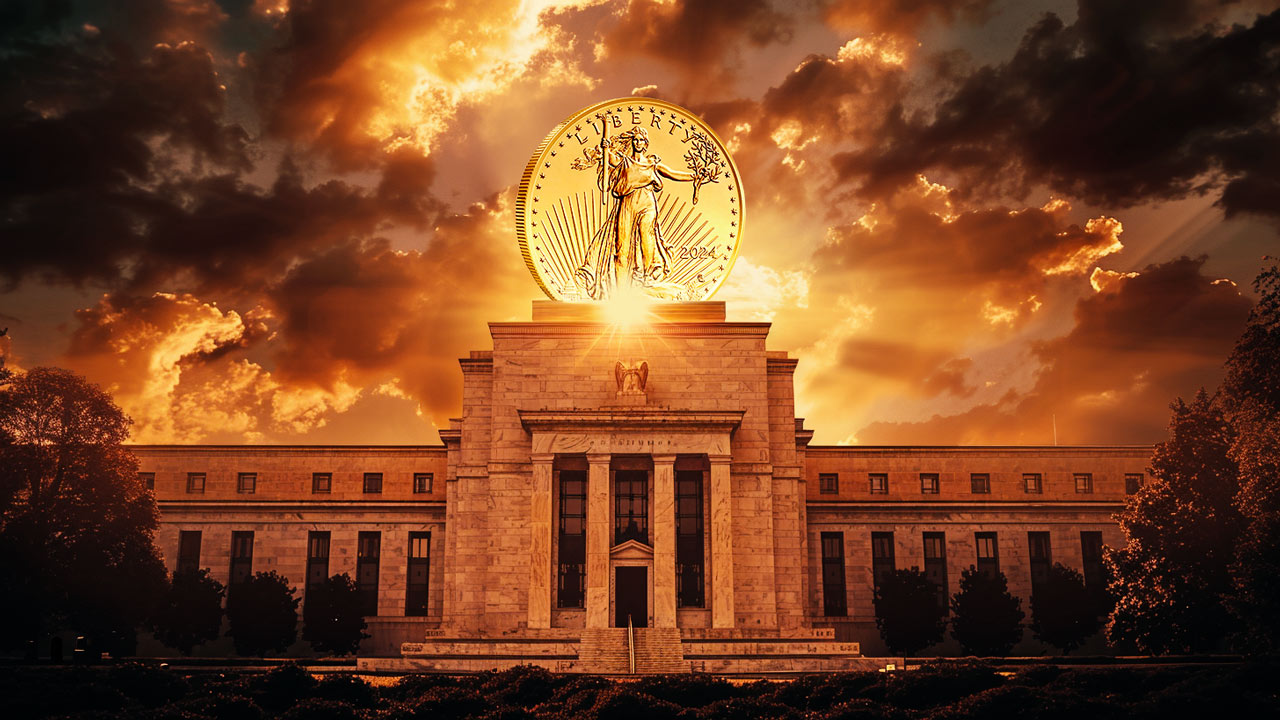 With a hot CPI report casting a shadow of doubt on the likelihood of a June interest rate cut, all eyes are on the Fed. But they’ve caught themselves in a “damned if they do, damned if they don’t” moment for the economy — and the news for gold is good regardless.
With a hot CPI report casting a shadow of doubt on the likelihood of a June interest rate cut, all eyes are on the Fed. But they’ve caught themselves in a “damned if they do, damned if they don’t” moment for the economy — and the news for gold is good regardless. 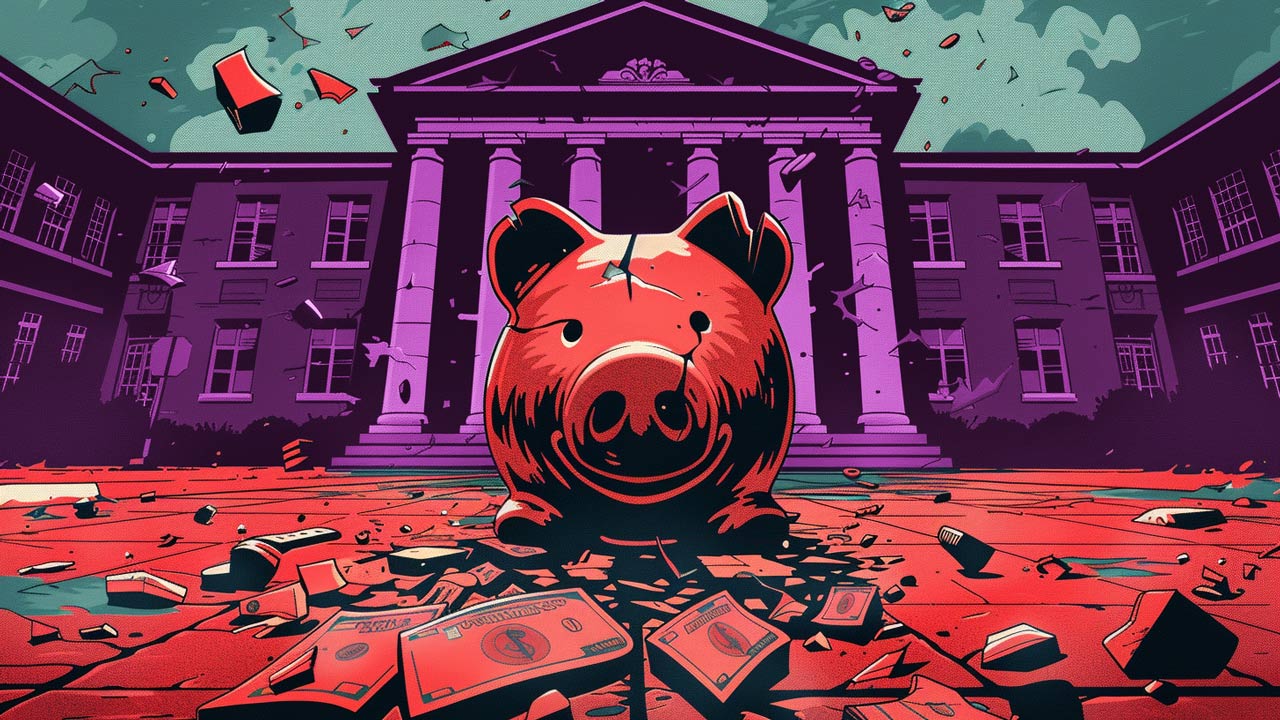 It’s no secret that the American public is wildly ignorant of many issues that are central to the success of our nation. Just a generation ago it would have been unthinkable that less than half of the American population could recognize all three branches of government. America is in most cases far less educated about its government […]
It’s no secret that the American public is wildly ignorant of many issues that are central to the success of our nation. Just a generation ago it would have been unthinkable that less than half of the American population could recognize all three branches of government. America is in most cases far less educated about its government […]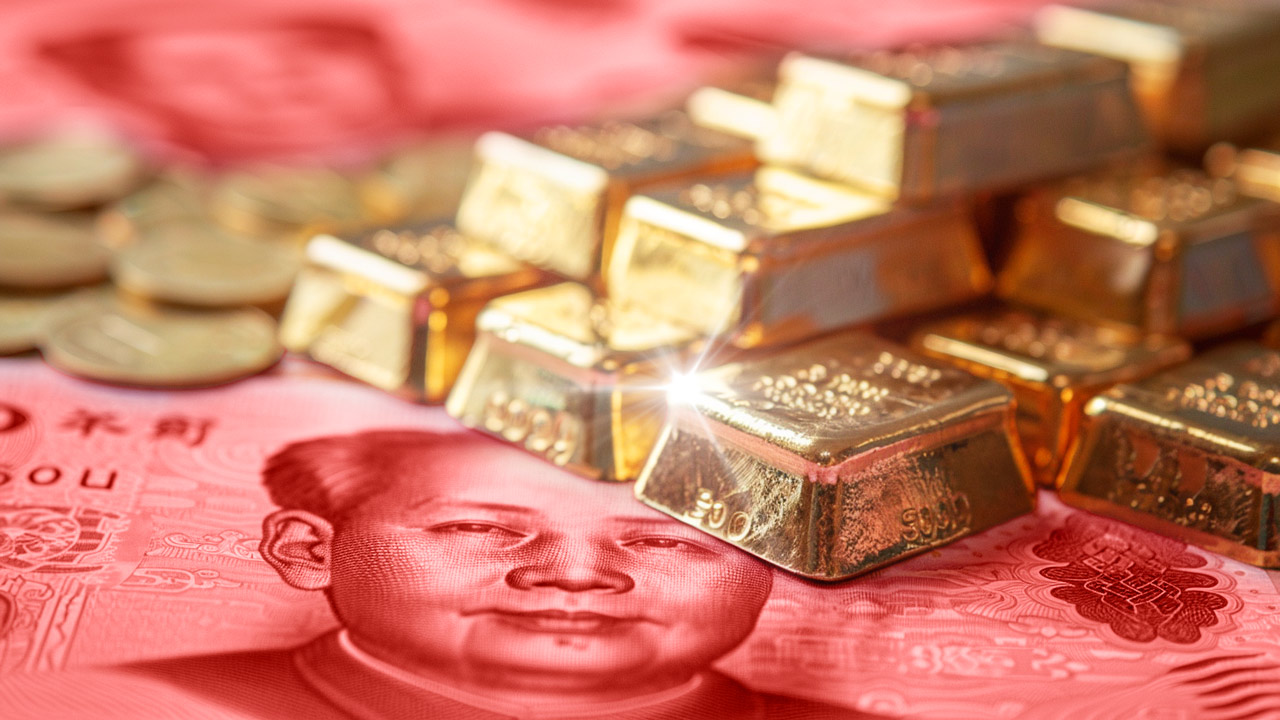 In investing, “Buy low, sell high” is among the most well-known sayings, and generally, it’s good advice. But with gold still holding near its historic all-time highs, central banks led by China are bucking the classic adage and smash-buying more, buying the top to fortify themselves against a global monetary and financial blow-up.
In investing, “Buy low, sell high” is among the most well-known sayings, and generally, it’s good advice. But with gold still holding near its historic all-time highs, central banks led by China are bucking the classic adage and smash-buying more, buying the top to fortify themselves against a global monetary and financial blow-up.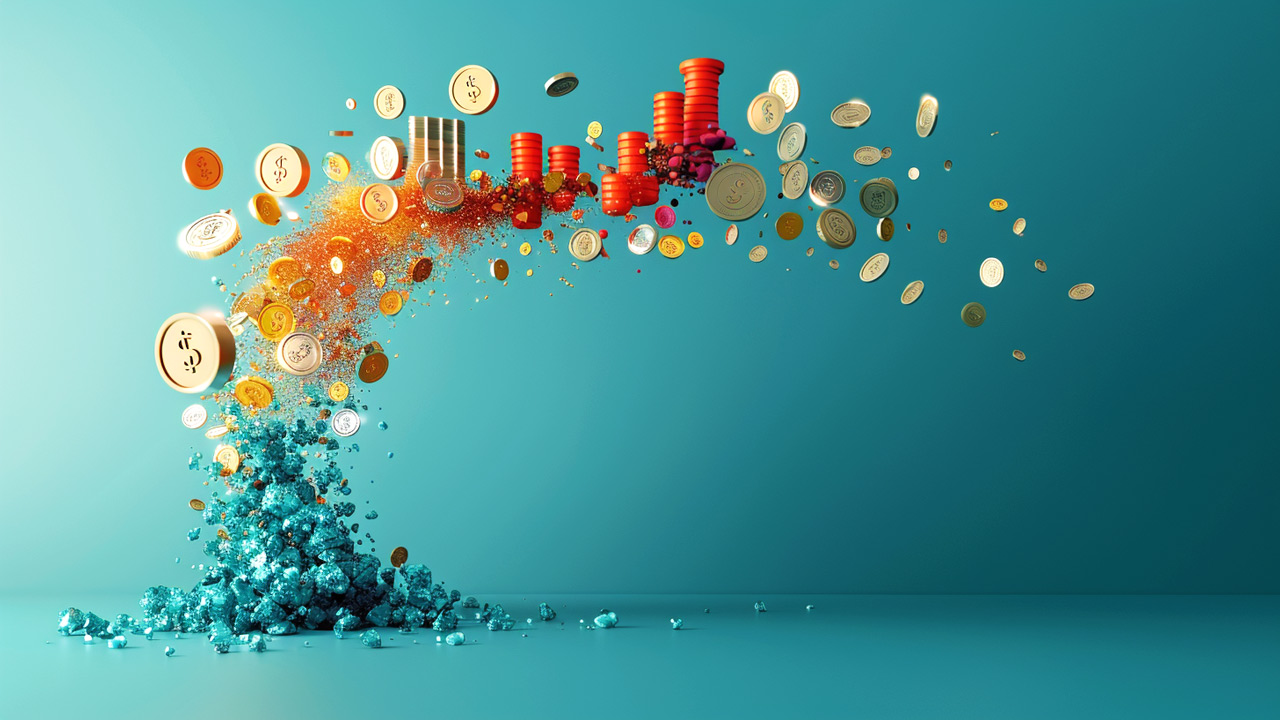 When John Bogle died in 2019, people around the world mourned. Bogle created the Vanguard Group and made the index fund mainstream. Index funds are investment vehicles that invest in a class of investments as a whole, rather than trying to predict what specific stocks or securities will do best. So an investor could invest in an […]
When John Bogle died in 2019, people around the world mourned. Bogle created the Vanguard Group and made the index fund mainstream. Index funds are investment vehicles that invest in a class of investments as a whole, rather than trying to predict what specific stocks or securities will do best. So an investor could invest in an […]
This is a good article Addison and perfect timing because people may respond better when they see this is happening now and not an example from past history. I am watching the elimination of the hundred dollar bill and trying to figure out the ramifications. I/we would appreciate any insight from you, Peter and other “real” commentators how this will affect our lives. What I am trying to figure out right now is if they will require (force) those with $100.00 bills to turn them into smaller denominations or digital currency. Without cash we are in real trouble. This like watching a sci-fi movie where they can eliminate your money & life with the push of a button.
When the Federal Reserve buys treasury bonds with electronically created US dollars, the treasury then spends these dollars into the economy. The reason the US is not seeing inflation right now is that 85% of QE 1, 2 and 3 was financed by commercial bank deposits held by the Federal Reserve. These bank deposits are a liability on the Federal Reserve’s balance sheet called “Reserves”.